The dose makes the poison. The medicine of light is no different.
If you read our previous post about skin cancer and how patterns of melanoma are found in areas of the skin least exposed to sunlight, chances are you’re starting to question the mainstream narrative of the sun being bad for you.
Meet Niels Finsen, the Icelandic doctor who won the Nobel Prize for introducing phototherapy to treat tuberculosis and lupus in 1903:
The Nobel Prize in Physiology or Medicine 1903 was awarded to Niels Ryberg Finsen "in recognition of his contribution to the treatment of diseases, especially lupus vulgaris, with concentrated light radiation, whereby he has opened a new avenue for medical science"
Scientists today have found that Finsen’s treatments worked by filtering out certain wavelengths of light, and letting in mostly blue light in the 400nm (nanometer) range.1
Many skin diseases, including lupus, are exacerbated by individuals who are anemic, or have too little hemoglobin in the blood.
The graph below shows how hemoglobin is bound to oxygen and mobilized most effectively at 400nm:
Blue and UV (ultraviolet) light can be harmful if we’re exposed to too much from the Sun or electronics. However when taken in small, exacting doses, in combination with full spectrum sunlight, blue and UV light can serve to kill pathogenic strains of bacteria.
Optimal UV light absorption is attained when we have a healthy amount of melanin, which can be built first when we expose ourselves to red light in the beginning of the day. For more info on this process, read:
Remember - powerful forces of nature are often power couples. Sunlight is no different. This is why morning Sun is more beneficial than the afternoon, as UV rays are balanced with more infrared being present in our atmosphere.
It’s important to note that even though he was using tools to focus UV and 400nm blue wavelength of the Sun on areas of the skin affected by lupus, Finsen’s experiments were conducted outside, in full spectrum sunlight!
Below is a picture of nurses, known as “light elves”, using precision instruments to focus sunlight on lupus patients:
The tools they used were made of quartz glass, which lets in the UV spectrum.
Note: the only way to get the full health benefits of total spectrum sunlight while indoors is having windows that are made of quartz. Standard window glass blocks out all beneficial UV spectrum.
Lupus Patients treated with Focused Sunlight:
How does light heal?
According to photobiologists (scientists who study how light affects life), there are three basic principles to light’s mechanism of action:
Penetration: Light penetrates the skin (longer wavelengths such as infrared go even deeper into our skin and can promote healing into what is known as the optical tissue window)
Bactericide: Light kills bacteria (shorter wavelengths such as UV and blue can destroy harmful and beneficial bacteria on the outer layers of the skin)
Incitement: Light causes inflammation, which then triggers either a healing or destructive response. Inflammation is only a response, and not always the enemy! This type of inflammation is known as a hormetic, or acute stress, similar to that of taking a cold shower or exercising. In the short-term, this activity stresses the body, but has long-term health benefits. UV light is no different, and supports antioxidant production in our bodies by stimulating our skin’s electrically-conductive pigment known as melanin:
B12 is made in the Sun
B12 has been shown to be a photoreceptor2, and low levels of this vitamin are often found in patients with anemia.
A deficiency in vitamin B12 can affect the production of red blood cells, decreasing the number of red blood cells circulating in the blood, and therefore decreasing the amount of hemoglobin available for oxygen transport.
B12 not only helps us make red blood cells, but also forms our nervous system and the myelin sheath, the “wire coating” of our nerves. If we are deficient in B12, our neurons won’t fire as quickly.
Many who suffer from anxiety nervosa, a term invented by Sigmund Freud to cover for the actual physical illness of neurasthenia brought on with the Age of Electricity, may be suffering from lower levels of B12 as a result of living in a blue-light toxic environment.
Article on Freud and anxiety:
Personally I try to have my B12 levels no lower than 750 pg/mL, however this may vary with your weight and whether you’re a man or woman.*
*I’m not a licensed medical professional and make no medical claims.
If you read our post about why Vitamin D supplements don’t work, you’ll understand why sunlight is crucial in helping our bodies absorb certain nutrients and vitamins through the process of sulfation. B12 and sulfated Vitamin D3 are linked to the presence of AM sunlight frequencies and this is why pernicious anemia is associated with a lack of Sun.3
The bottom line: our blood transports oxygen to our bodies in order to promote healing, and our blood needs light to move and groove!
You are more powerful than you know.
Roman & Bohdanna
If you enjoyed this article and found it valuable, share the knowledge!
Consider becoming a paid subscriber!
You’ll have access to our monthly Q&A webinars, along with tools and nuggets of wisdom we’ve created to navigate this wacky wireless world.
Listen to our podcast - The Power Couple
We discuss how we:
Power ON with light
Power OFF our devices
Power thru our days with relationships that all start with - YOU.
New episodes each Friday:
Kirsten Iversen Møller (2005). How Finsen's light cured lupus vulgaris. Photodermatol Photoimmunol Photomed, 118-24




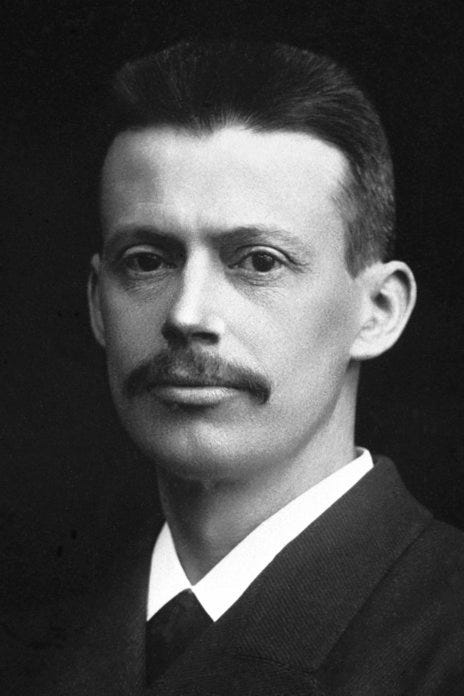
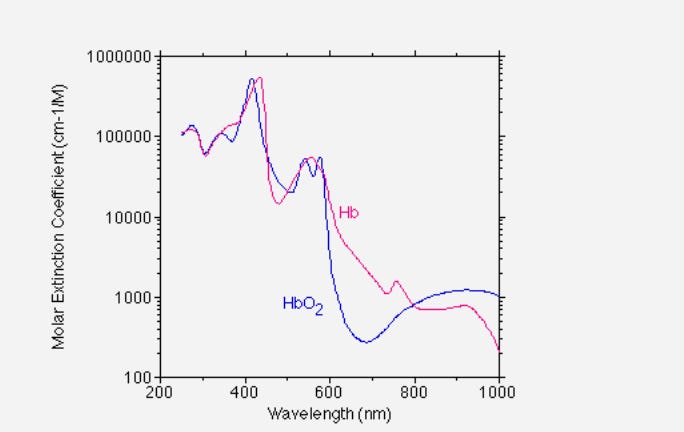
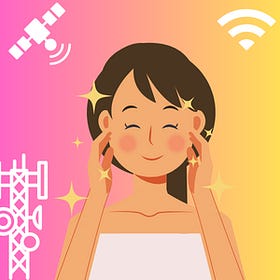
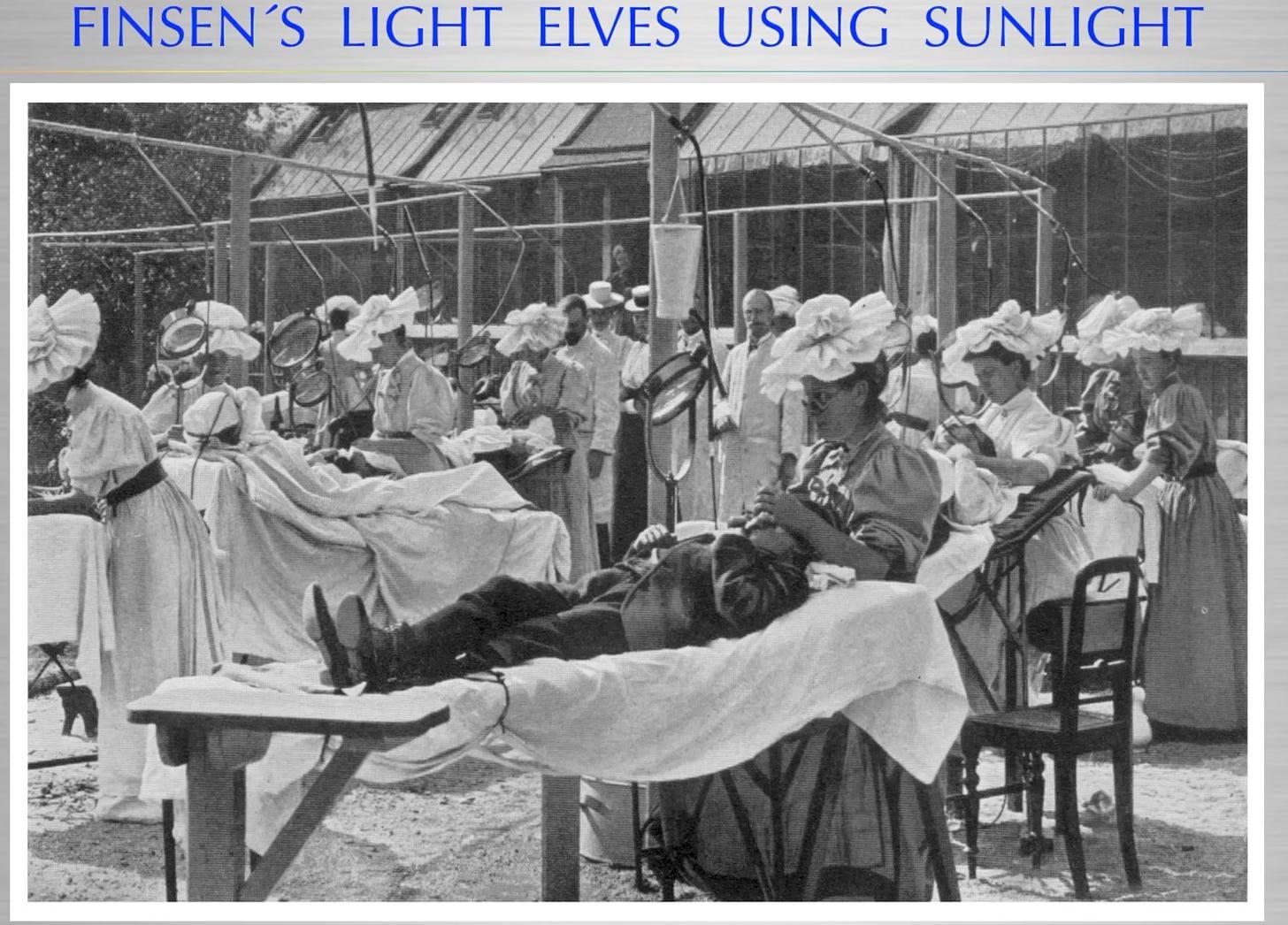

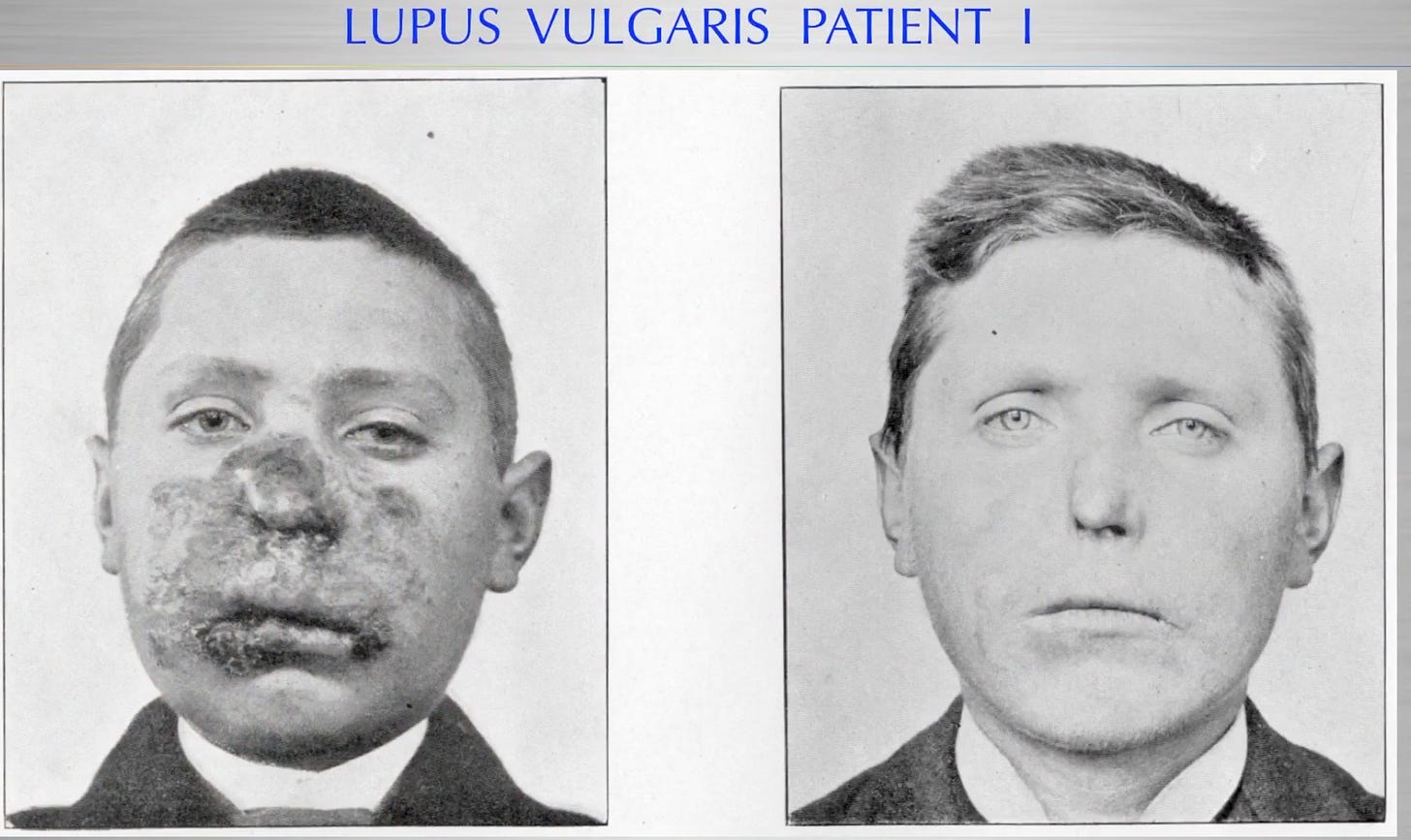

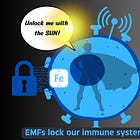

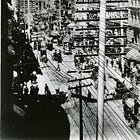
I apologize - I didn't mean to lock out free subscribers from comments. Comments from all are always welcome!
Roman. My Air Marshal is asking why the sun is more IR in the morning and UV in the afternoon. He's a physicist and a skeptic.
Got a simple explaination? I would assume it has to do with atmosphere filtering, because, what else could it be, but that's where my musings complete.